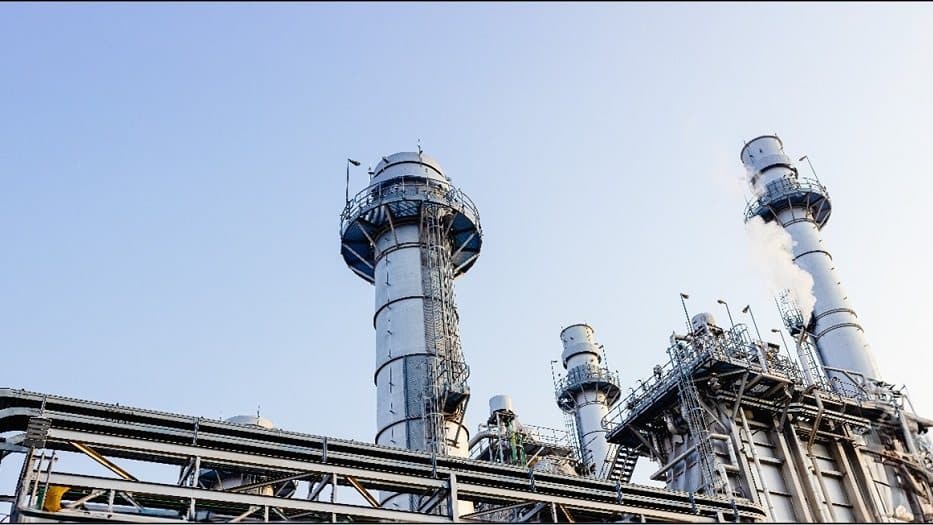Julia Maria Gomez de Avila Segade | 14/09/2023
Processed petrochemical materials are an essential part of the manufacture of numerous products, from synthetic fibers to pesticides. The petrochemical industry plays a key role in the economic development of regions such as Latin America.
Petrochemicals, like many other strategic industries, has positioned risk management as a fundamental pillar of its philosophy. Through a set of strategies and procedures, it seeks to identify, assess, and control the hazards associated with the sector’s activities with the objective of:
- Preventing incidents
- Protecting workers
- Safeguarding the environment
- Ensuring the continuity of its operations.
These practices seek to prevent potential threats and, at the same time, minimize their impact on the environment.
Comprehensive approach
As explained by the Argentine Safety Institute (Instituto Argentino de Seguridad [I.A.S.]), one of the first international associations with specific dedication, most companies choose to adopt a comprehensive approach, ranging from early risk identification to implementing solid emergency response protocols. Investing in advanced technologies, along with ongoing employee training, are crucial elements in the overall strategy of occupational safety, environmental protection, and industry sustainability.
Daniel Luis Sedán, a member of the technical department, explains the importance of companies having a Self-Protection Plan that involves all parties involved when dealing with emergencies. “This plan must be included in the policies and must contain the internal organization, methods, and exact actions that indicate how to deal with an emergency situation.
Its objective is to provide a set of guidelines and information aimed at the adoption of procedural methodologies for the management of external assistance needs in order to facilitate rapid, specific, and effective responses in emergency situations”, says the expert.
Progress of regional companies
Sedan explains how I.A.S. has implemented an operational methodology that seeks to achieve ‘zero risk’ by thoroughly analyzing potential risks in various processes, thus controlling critical hazard areas such as seismic and meteorological factors. This proactive approach allows for the elimination, minimization, and control of adverse situations.
“A noteworthy example of success is the OHS Management System (I.A.S. System for Total Safety), developed in Argentina and recognized across Latin America. This innovative initiative is based on a unique proactive risk index, supporting the quest for zero risk and serving as a model in the region”, he says.
Companies are collaborating with local communities to prevent negative impacts and promote industrial safety. They adopt a responsible attitude by considering environmental and social aspects in all facets of their operations, including the supply chain and business relationships.
Strong commitment
To this end, companies engage in practical activities locally, such as guided tours, training, and participation in seminars and congresses concerning safety, human resources, and environmental protection. This collaboration reflects a strong commitment to community safety and well-being, while contributing to the dissemination of best practices and knowledge throughout the region.
Moreover, in the technological field, Latin America is adopting significant advances to detect and manage risks in the petrochemical industry, highlighting, once again, Argentina’s OHS Management System, which includes a proactive risk index that is unique worldwide and makes it possible to assess and mitigate risks in advance.
“As for companies, they tend to achieve responsible behavior and are collaborators with the purpose of integrating and taking into account environmental and social aspects, in addition to theoretical-practical actions for schools, opening their doors for guided tours, training, and actively participating in safety seminars and congresses, etc.,” he acknowledges.
New sector challenges
In emergency situations, coordination between authorities, teams, and companies is essential for protecting nearby communities. As an example, the expert explains that in Argentina, Zonal Inter-Company Mutual Aid Committees (Comités Zonales de Ayuda Mutua Interempresariales [COZAMI]) have been implemented since the 1970s, in which they provide training and coaching with real risk cases in controlled environments, supported by highly professionalized teams and crisis management.
He also highlights new emerging risks such as cybersecurity and advanced chemicals management, where I.A.S. leads the preparation of companies in the region, thanks to a multidisciplinary team of professionals who provide solid tools for cybersecurity risk management, promoting technological innovation and adapting to the specific needs of each organization. Added to this is the importance of ensuring high standards of safety and environmental protection in a constantly changing environment.
In the area of occupational safety, the key focus is on developing an Occupational Health and Safety (OHS) Management System based on a master plan with strategic direction that guides actions from senior management down to the operators to prevent occupational accidents and hazards. The application of prevention techniques and training in prevention, both inside and outside the labor environment are essential pillars to ensure the safety of workers.
Safety culture
In conclusion, Sedán highlights the importance of promoting a safety culture at petrochemical companies that promotes systems covering all hierarchical levels. This would allow safety standards to be established at all stages, creating an environment of shared responsibility and awareness of the importance of safety in the corporate culture.
“Risk management in the petrochemical industry in Latin America has evolved as a fundamental defense to ensure occupational safety, environmental protection, and uninterrupted operation, ranging from risk anticipation and prevention to constant employee training”, he concludes.
Contributor to this article:
 Daniel Luis Sedán, professor at the Graduate School of Industrial Safety and Hygiene, is a member of the technical department at the Argentine Safety Institute, where he implements and audits OHS Organization and Management Standards.
Daniel Luis Sedán, professor at the Graduate School of Industrial Safety and Hygiene, is a member of the technical department at the Argentine Safety Institute, where he implements and audits OHS Organization and Management Standards.
In his more than 40 years of experience, he has held positions of operational supervisor, executive, and service manager at major institutions such as Petroquímica General Mosconi (PGM) and the Bank for Investment and Foreign Trade (Banco de Inversión y Comercio Exterior [BICE]).





